Lenovo has today debuted its ThinkServer family of products in the United Arab Emirates, Qatar and Egypt.


Lenovo has today debuted its ThinkServer family of products in the United Arab Emirates, Qatar and Egypt.
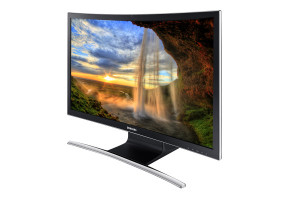
Samsung is trying to smash the status quo in PCs with a new all-in-one desktop computer that has a curved screen.
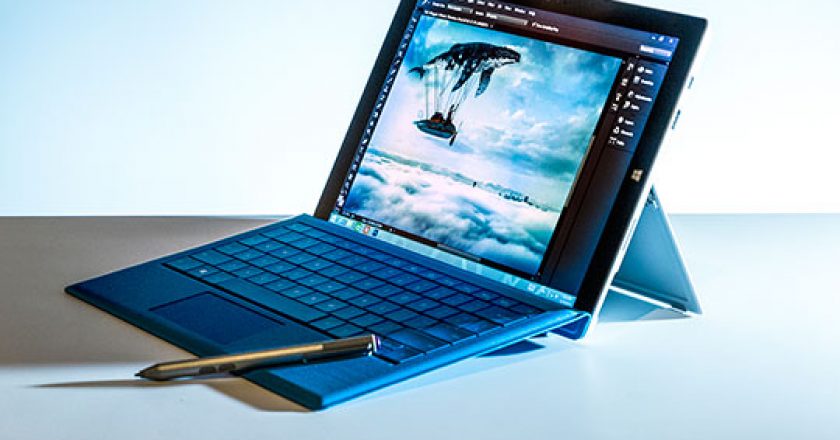
Microsoft has announced the availability of Surface Pro 3 for commercial customers in the United Arab Emirates.
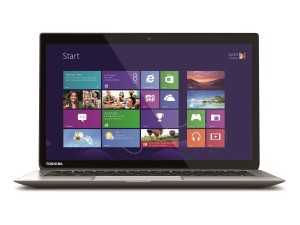
Toshiba Gulf has launched KIRA, a 13.3-inch touchscreen Ultrabook that combines a good design and sturdy performance. Designed for users who demand a premium computing experience, the ultra-portable KIRA is now available in the market.
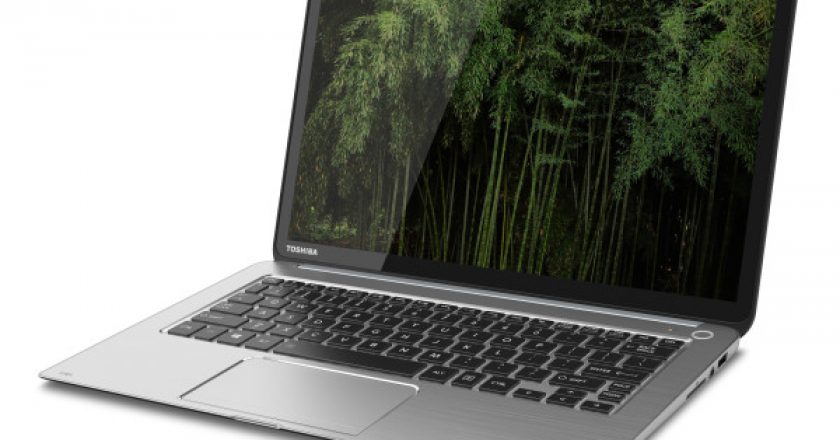
Toshiba’s engineers committed a few critical design mistakes that severely undermined their Ultrabook’s claim to luxury status. Thankfully Toshiba has made amends–mostly. The second-gen Kirabook is better, more powerful, and less expensive. But it remains a few features short of being a masterpiece.
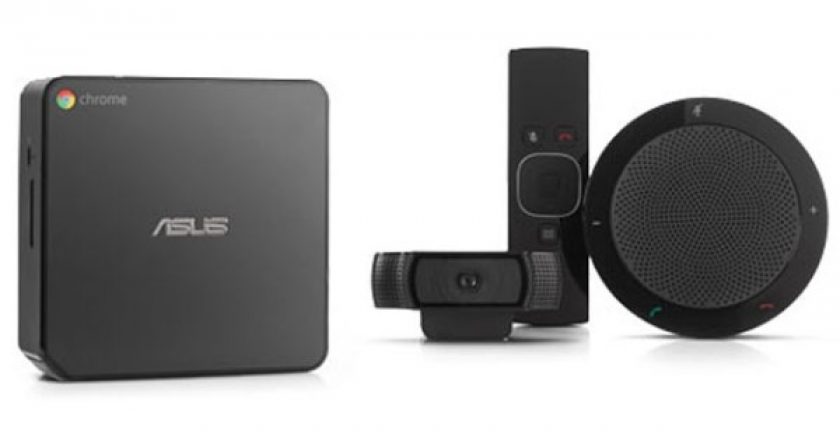
Google aims to equip meeting rooms with videoconferencing capabilities with the launch of its product for businesses, Chromebox.
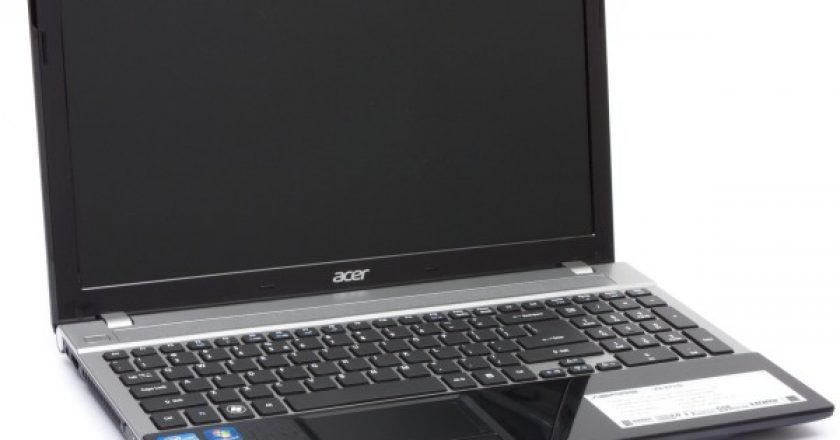
In business, the faster you can deliver on a promise, the better. The three powerful, high-end laptops discussed here deliver data in microseconds.
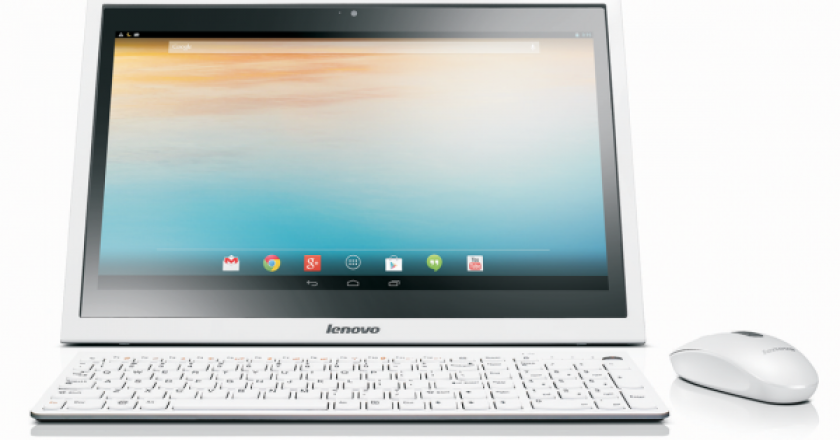
Lenovo has announced several new desktop PCs at CES, and in a move that’s sure to give Microsoft heartburn, one of these new machines is an all-in-one that runs the Android operating system, not Windows.
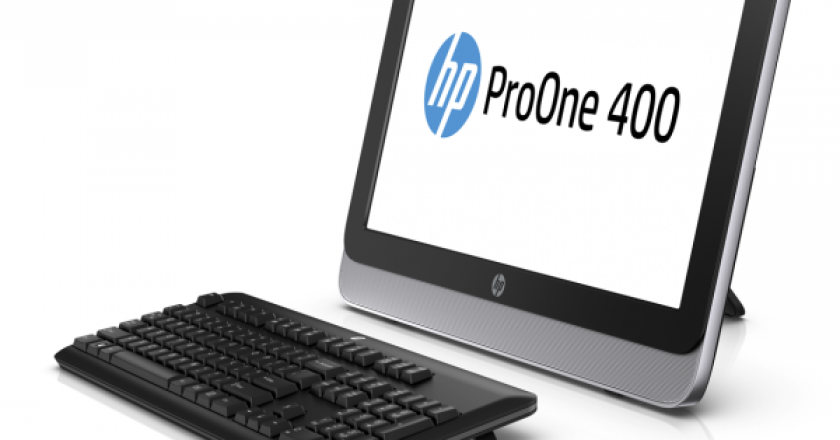
It seems like a bit of a disconnect for HP to announce new commercial PCs at a trade show focused on consumer electronics, but HP -which didn’t book exhibit space at this year’s CES – is wise not to waste the opportunity.
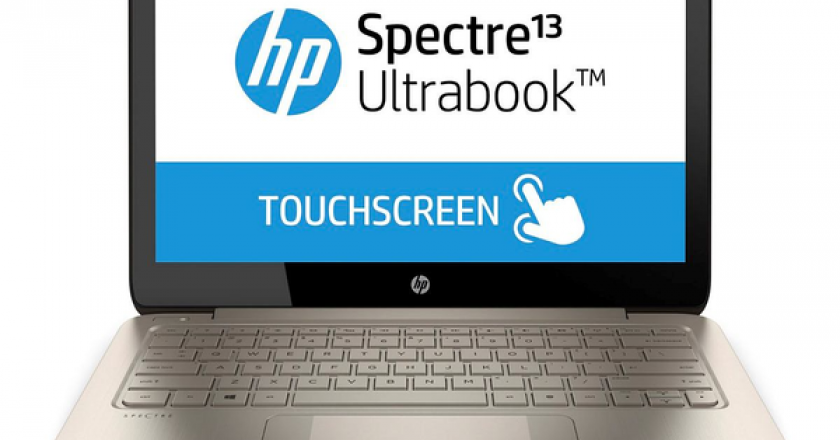
HP’s Spectre 13 runs Windows 8, but it doesn’t contort, flip, swivel, or do any of the other impractical tricks that look so fun in advertisements. It’s not a tablet strapped to a dock, or a tablet with a keyboard cover, either. It’s just a regular ol’ Ultrabook. A very, very good Ultrabook.
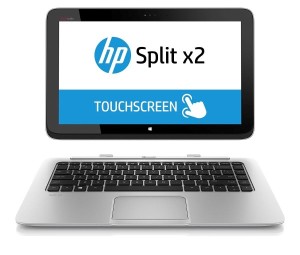
Third in the detachable PC portfolio, HP Split x2 is meant to offer mobility and optimise productivity

The latest version of Fedora, nicknamed “Schrodinger’s Cat,” features a number of improvements aimed at IT users. But its strict adherence to the open source philosophy means that it continues to be problematic for typical end users.
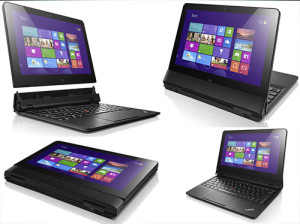
“Convertible” Ultrabooks – full-fledged laptops that can also function as touch-driven tablets – have become something of a commodity these days, so my attention goes to the manufacturers who can do something flashy and new with the idea. Enter Lenovo’s ThinkPad Helix, a highly usable tablet-laptop aimed at “businesses, vertical and educational markets, as well as the technology enthusiast.”
Since the release of Windows 8 last year, a string of detachable notebooks running on the Microsoft operating system have been launched into market. Lenovo has stood strong amidst the ever-changing laptop landscape, and lately, PC giant HP has made its way onto the scene. Reseller puts two of the latest detachable devices head-to-head.
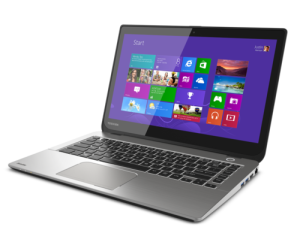
Toshiba’s Digital Products Division announced its Satellite E series ultra-thin notebooks on Monday.
Toshiba Gulf recently launched the Portégé Z10t, an Ultrabook–tablet hybrid that the vendor said is designed for the professional environment.
Acer has presented the next-generation 13.3-inch Aspire S7 Ultrabook.
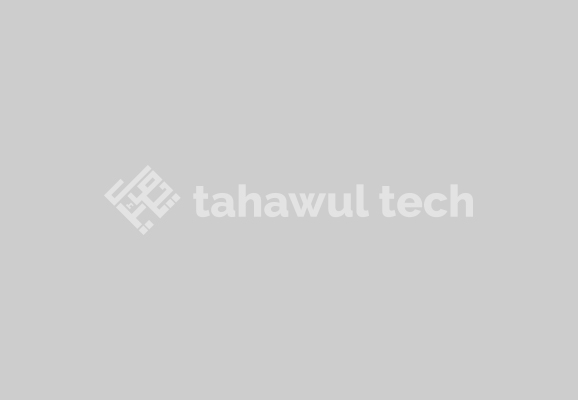
If Apple has anything to say about it, the future of the notebook will be long and healthy. And it …

As any CeBit visitor knows, it’s impossible to navigate the vast trade show without coming up with a decent plan. …
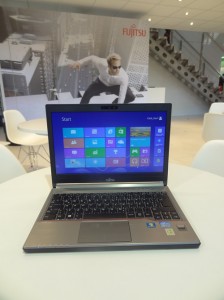
Fujitsu promises that its Lifebook E Line laptops will use all the same standard components, including the main board, drives …